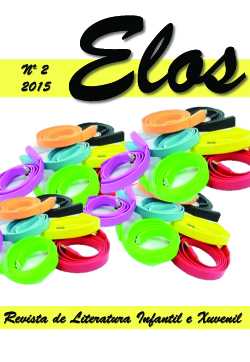Animated statues and automatons in Carmen Martín Gaite and Óscar Esquivias's for Children and Young Adults
Main Article Content
Abstract
The motif of the automaton has shown different characteristics throughout history depending on currents of thought. In the creation myths, gods frequently give life to clay figures. However, in the Middle Ages, humans also give life to sculptures for the fascination that they feel when they contemplate them. At the beginning of the18th century, there was a good opinion about technical developments and artificial life but this perspective changed in the Romantic period. The idea of human determinism produced reflections about automatons' freedom because humans saw themselves as puppets and literature showed a negative vision about this theme. On the other hand, in the 20th century, the motif is centred in the disadvantages of the industrialization and the human robotization. In Carmen Martín Gaite and Óscar Esquivias's literature for children and young adults, automatons present characteristics that evoke the past but they also have unique and genuine particularities and, for this reason, they are worthy of individual study.
Keywords:
Article Details
Most read articles by the same author(s)
- Sara Núñez de la Fuente, Traces of the picaresque novel in 20th Century: A study of Antón Retaco by María Luisa Gefaell , Elos: Revista de Literatura Infantil e Xuvenil: No 10 (2023)






